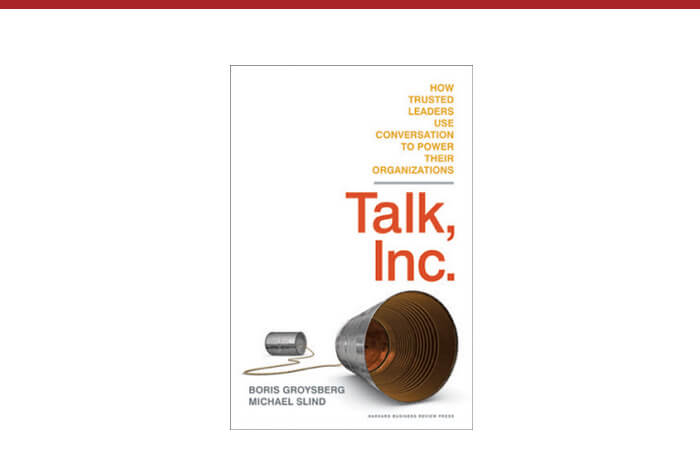Talk, Inc. How trusted leaders use conversation to power their organizations by Boris Groysberg and Michael Slind, was named the Best Business Book for 2012 by the magazine, strategy + business.
For this reason I thought it was worth a read, and it may be of interest to some of you.
This book is aimed more at large organizations, and how they can recapture or simulate the cohesiveness of many small companies, who benefit from proximity between all in the company, and from clearer line of sight by employees to plans and priorities.
It is also about a new and more authentic way of opening up organizational communication and employee engagement. In this socially networked and digital world of today, a particular focus is on examples of how some organizations are already leveraging technology to increase the proximity and facilitate the connectivity between people widely dispersed in large organizations and make CEO’s and leaders more accessible to all employees.
The 4 elements of conversation that lie at the heart of the book which transcend the technical, and provide structure for the extensive case studies and real-life examples are the 4 ‘I’s of conversation –
- Intimacy (getting close)
- Interactivity (promoting dialogue)
- Inclusion (involving employees)
- Intentionality (pursuing an agenda)
There are many useful tips, observations and insights contained in the book. Much of the content covers fairly detailed and extensive examples of a few companies that are leading the way encouraging more diverse, collaborative, free-flowing conversations in their organizations.
The example of the multi-national corporation Cisco Systems, who use their own leading-edge networking technologies to vastly improve the connectivity amongst it people is breath-taking, and probably beyond the reach of many organizations, but the principles are sound. Whilst many of the examples are US-centric, the Hindustan Petroleum Corporation of India provided a much lower tech approach to employee communication (one-on-one and face to face).
This book is certainly worth dipping into, as it is full of stimulating ideas for those who want to improve the quality, depth, reach and authenticity of conversation in their organizations.
As the authors go to length to emphasize,
Smart leaders understand that they can’t avoid that conversation for very long. Nor can they fully control it. But if they engage with it in the right way, they have the potential to unleash organizational energy of a sort that no leader could ever command.
Jill Tideman







